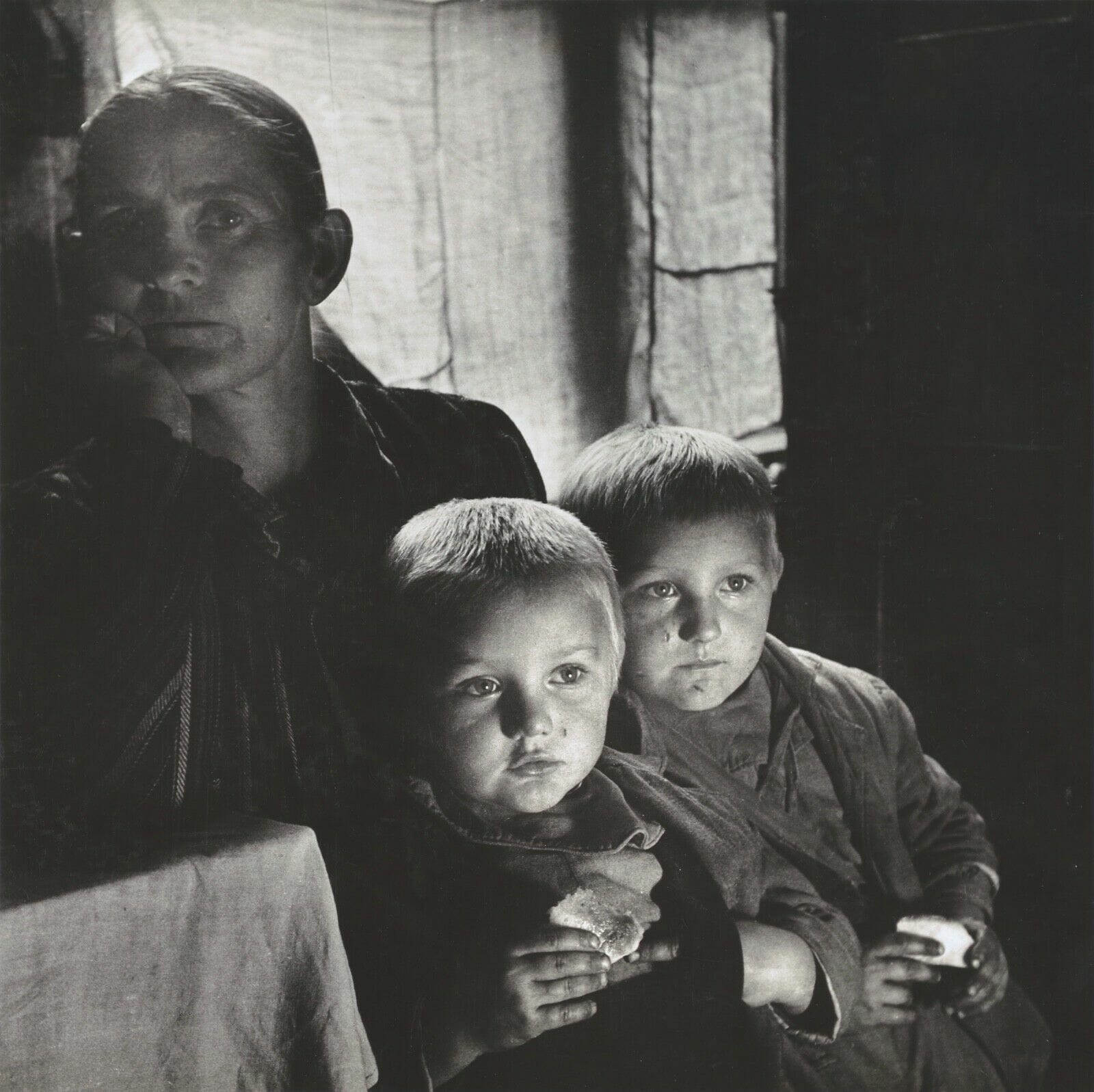Magdalena Vuković (Hg)
Portraits of the uprooted. D’Ora’s photographs in Austrian refugees camps 1946–1949
€ 15,00
Contributions to a History of Photography in Austria, volume 17
Edited by Monika Faber for Photoinstitut Bonartes, Vienna, and Walter Moser for the Photographic Collection of the Albertina, Vienna
In both Vienna and Paris, Madame D’Ora was once regarded as an eminent portrait photographer of the rich and famous, the beautiful and the powerful. But under the Nazi regime she lost her family, her status and her possessions, enduring a bitter experience of uprooting that later focused her photographer’s gaze on people living on the margins of society. Sombre portraits taken in Austrian refugee camps around 1948 tell the story of that uprooting, and of isolation. D’Ora went on taking photographs in Vienna and Salzburg at a time when mass repatriations had long since ended and the hopes of imminent emigration among those who had survived were fading ever more. Small children in particular, but also the elderly and the ailing were perceived more and more as a burden by the Austrian government as they were all the more difficult to ‘place’. And it was on these groups specifically – regardless of any Jewish or ‘ethnic German’ origins – that d’Ora trained her camera.
Magdalena Vuković is curator for photography at Photoinstitut Bonartes, Vienna.
Captions
1.
D’Ora, In an Austrian refugee camp, 1948, gelatin silver paper, 17.2 × 19.6 cm, Museum für Kunst und Gewerbe Hamburg
2.
D’Ora, In the Hotel Europe (?) refugee camp in Salzburg, 1948, gelatin silver paper, 24.5 × 23 cm, Museum für Kunst und Gewerbe Hamburg
3.
D’Ora, In an Austrian refugee camp, 1948, gelatin silver paper, 29.5 × 29.5 cm, Museum für Kunst und Gewerbe Hamburg
Bild 3:
D’Ora, In einem österreichischen, Flüchtlingslager, 1948, Silbergelatinepapier, 29,5 × 29,5 cm, Museum für Kunst und Gewerbe Hamburg
Language: German
Published in the series: Bonartes
€ 15,00



